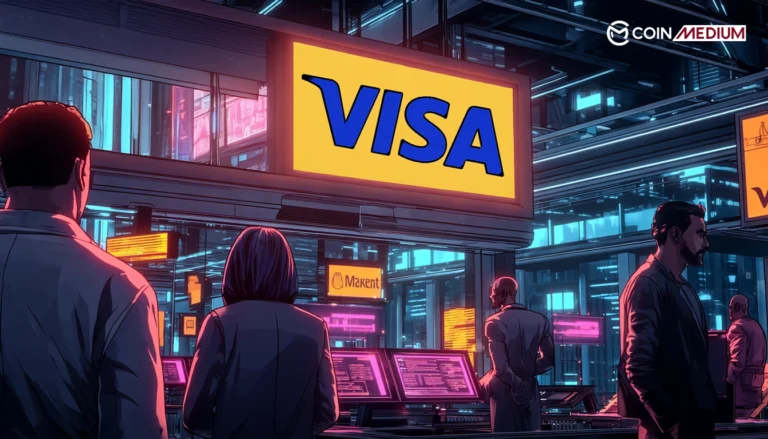Blockchains seem to be on a roll as Ethereum’s gas limit has also been increased to 45 million units. Solana increased its block capacity by 20% on Tuesday and has plans to expand it by the end of 2025. In blockchain, the block capacity refers to the transaction data that is added to a block. A more optimised block capacity means better and seamless transacting experience for users.
Co-founder and CEO of Helius, Mert Mumtaz shared,
“The upgrade means the Solana network can now fit more transactions per block.This capacity used to be 48 million CUs, meaning the sum total of all transactions for a given block must be around this number”.
‘Solana Blockchain’ Aims For Better Block Capacity
SOL’s block capacity could go higher as every transaction on the Solana network consumes Compute Units.
The compute units could go to 100 million as proposed by Lucas Bruder, CEO of Jito Labs (a Solana infrastructure builder) on Github. Bruder explained that original block limits were primarily set to ensure network participation remained accessible by restricting the amount of work a leader could pack into a block.
He noted that current mainnet traffic isn’t primarily constrained by large block execution times, making a higher limit feasible to provide additional network capacity.
Mumtaz echoed this sentiment, indicating a future goal of at least doubling the current 60 CU limit.
Solana Price Soars Amidst Technical Upgrades
SOL has seen a positive price movement, jumping 12% to over $202 earlier this week, and currently trading at just over $191. This surge coincides with several firms actively accumulating SOL tokens and the recent introduction of an institutional fund offering Solana ETFs that offers staking income disguised as dividends.
Furthermore, Nasdaq-listed DeFi Development Corp announced it’s nearing a million SOL in its treasury, while Bitcoin mining firm Bit Mining revealed a strategic shift into the Ethereum killer ecosystem with plans to raise up to $300 million for a Solana token treasury.
The Block War Between SOL & ETH
In January, the Sol network experienced transaction processing difficulties. This was attributed to a surge in memecoin activity, which included the launch of memecoins by US President Donald Trump and First Lady Melania Trump. The transaction costs and processing time has been high on Solana all due to high number of transaction and developer activity. However, Solana is still called the Ethereum killer as gas prices on ETH and ETH have been insane.
According to Ycharts, Ethereum’s gas limit has been increased to under 45 million units.
Both ETH and SOL are competitive chains and whether any of it will truly solve the blockchain trilemma is yet to be established. The blockchain trilemma is the fact the chains cannot establish all three: scalability, decentralization and security.






